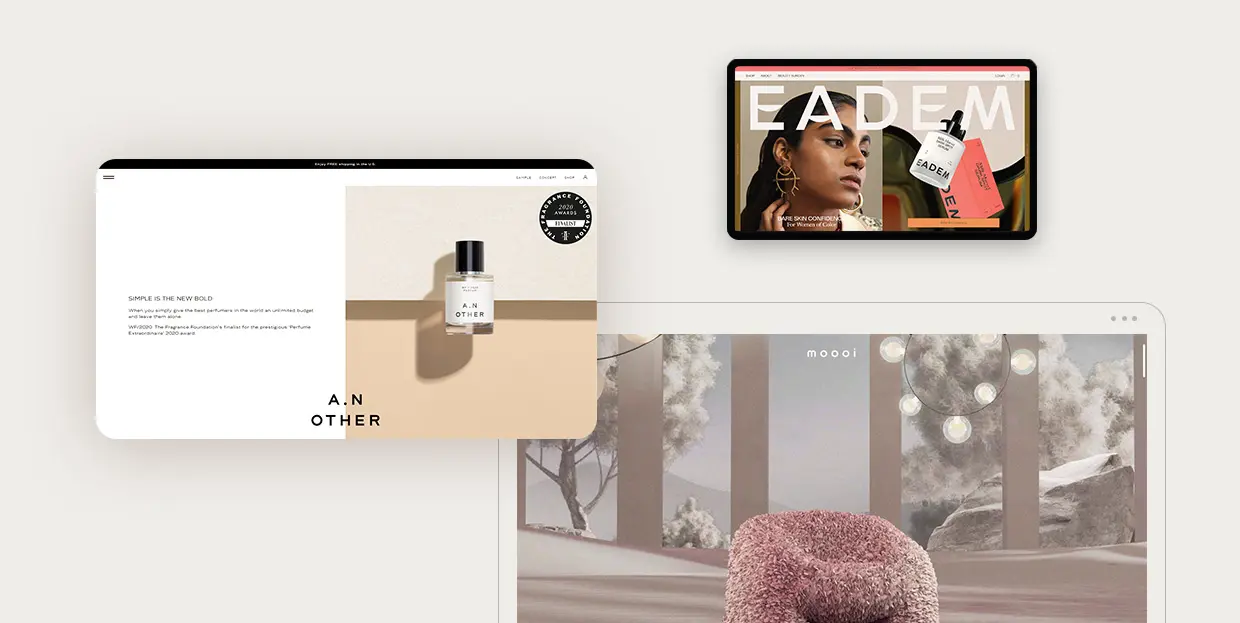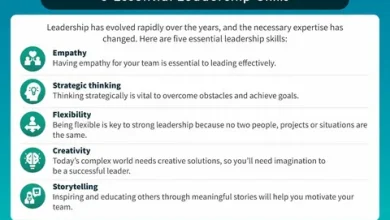Transforming Clicks into Customers: Innovative eCommerce Web Design Trends

In the dynamic world of online retail, the design of your eCommerce website design can significantly impact your ability to convert clicks into customers. Staying abreast of innovative web design trends is crucial for creating engaging, user-friendly, and conversion-optimized online stores. This article explores the latest eCommerce web design trends that can help you captivate your audience, enhance user experience (UX), and boost your sales.
The Importance of Trend-Driven eCommerce Web Design
Enhancing User Experience
Modern eCommerce web design trends focus on improving UX, which is fundamental to retaining visitors and converting them into customers. A seamless, intuitive shopping experience encourages users to stay longer, explore more, and ultimately make a purchase.
Building Brand Identity
Adopting the latest design trends can help reinforce your brand identity. A contemporary, stylish website that aligns with your brand’s ethos can distinguish you from competitors and create a memorable impression.
Increasing Conversion Rates
Innovative design elements, such as interactive features, personalized content, and advanced navigation, can significantly enhance the shopping experience, reducing bounce rates and increasing conversion rates.
Key eCommerce Web Design Trends
1. Minimalistic Design
Minimalism continues to be a dominant trend in eCommerce design. A clean, uncluttered interface focuses attention on products and simplifies navigation. Key elements include:
- Whitespace: Generous use of whitespace creates a clean, elegant look, allowing products and CTAs to stand out.
- Simple Navigation: Streamlined menus and straightforward navigation paths enhance usability.
- Focus on Essentials: Prioritize essential elements like high-quality product images, clear descriptions, and prominent CTAs.
2. Mobile-First Design
With mobile shopping on the rise, a mobile-first approach ensures that your website is optimized for smartphones and tablets. Key considerations include:
- Responsive Design: Ensure your website automatically adjusts to different screen sizes and orientations.
- Touch-Friendly Interfaces: Design buttons and interactive elements that are easy to tap and navigate on mobile devices.
- Simplified Checkout: Streamline the checkout process for mobile users to reduce cart abandonment.
3. Micro-Interactions
Micro-interactions are small, subtle animations that enhance UX by providing feedback and guiding users through the website. Examples include:
- Hover Effects: Highlight product details or CTAs when users hover over them.
- Loading Animations: Entertain and inform users while they wait for pages to load.
- Button Animations: Animate buttons to confirm actions, like adding an item to the cart.
4. Personalized User Experiences
Personalization is a powerful tool for increasing user engagement and conversions. Techniques include:
- Product Recommendations: Use data analytics to suggest products based on browsing history and past purchases.
- Customized Content: Display personalized banners, messages, and offers to different user segments.
- Dynamic Pricing: Offer personalized pricing or discounts based on user behavior and preferences.
5. Advanced Product Visuals
High-quality visuals are crucial for showcasing products and enticing customers. Innovative trends in product visuals include:
- 3D Images and Augmented Reality (AR): Allow users to view products in 3D or “try” them in their own space using AR technology.
- 360-Degree Views: Provide a comprehensive view of products from all angles.
- Interactive Videos: Use videos that users can interact with to see product features and benefits in action.
6. Voice Search Optimization
As voice search becomes more prevalent, optimizing your eCommerce website design for voice queries can enhance accessibility and convenience. Key strategies include:
- Natural Language Processing (NLP): Optimize product descriptions and content for natural language queries.
- Voice-Activated Navigation: Implement voice-activated search and navigation features to cater to voice search users.
- FAQ Pages: Create comprehensive FAQ pages that address common voice search queries.
7. Social Proof Integration
Social proof, such as customer reviews and testimonials, can significantly influence purchasing decisions. Effective integration includes:
- Review Highlights: Display average ratings and review snippets on product pages.
- User-Generated Content (UGC): Showcase photos and videos of customers using your products.
- Influencer Endorsements: Feature testimonials and reviews from influencers to build credibility.
8. Sustainable and Ethical Design
With growing consumer awareness of environmental and ethical issues, incorporating sustainability into your eCommerce design can resonate with customers. Approaches include:
- Eco-Friendly Visuals: Use green and earthy tones to emphasize sustainability.
- Transparency: Clearly communicate your brand’s ethical practices and sustainability efforts.
- Sustainable Packaging Options: Highlight eco-friendly packaging choices and encourage sustainable shopping behaviors.
9. Progressive Web Apps (PWAs)
PWAs offer the functionality of a native app with the accessibility of a website, providing a seamless, high-performance user experience. Benefits include:
- Offline Access: Allow users to browse your site and view products even without an internet connection.
- Fast Load Times: PWAs are designed for speed, reducing load times and enhancing UX.
- Push Notifications: Use push notifications to engage users with updates, promotions, and personalized offers.
Implementing Innovative Design Trends
Conducting Market Research
Before implementing new design trends, conduct thorough market research to understand your target audience’s preferences and behaviors. Use surveys, focus groups, and analytics tools to gather insights.
Prioritizing User Testing
User testing is crucial for evaluating the effectiveness of new design elements. Conduct A/B testing to compare different versions of your site and gather feedback from real users to identify areas for improvement.
Collaborating with Experts
Work with experienced web designers and developers who are familiar with the latest trends and technologies. Their expertise can help you seamlessly integrate new features and ensure a polished, professional result.
Continuous Optimization
The digital landscape is ever-evolving, so continuous optimization is key. Regularly update your site, test new features, and stay informed about emerging trends to keep your eCommerce website at the forefront of innovation.
Conclusion
Transforming clicks into customers requires more than just attracting visitors to your eCommerce website; it demands a thoughtful, strategic approach to web design that prioritizes user experience and leverages the latest trends. By embracing minimalistic design, mobile-first strategies, micro-interactions, personalized experiences, advanced visuals, voice search optimization, social proof integration, sustainable design practices, and progressive web apps, you can create a captivating, user-friendly online store that drives conversions and fosters customer loyalty. Stay proactive in adopting new trends and continuously optimizing your site to maintain a competitive edge in the dynamic world of eCommerce.




